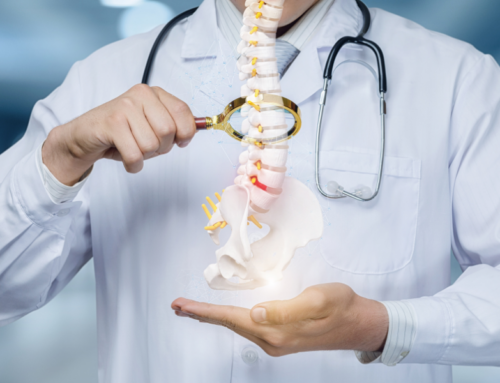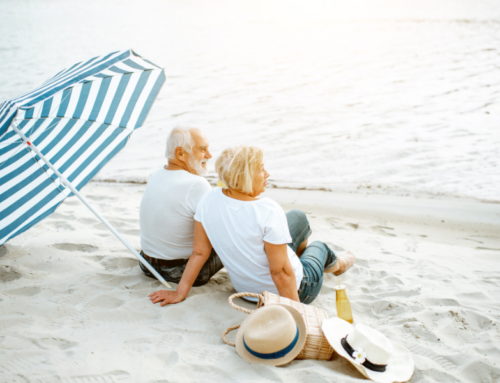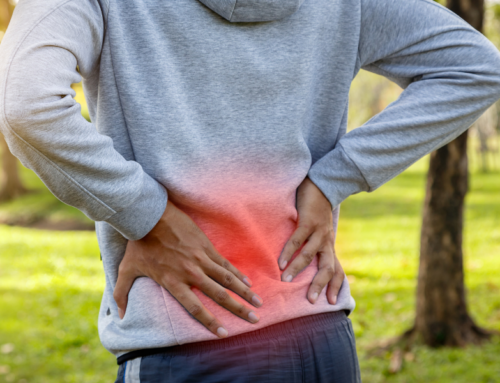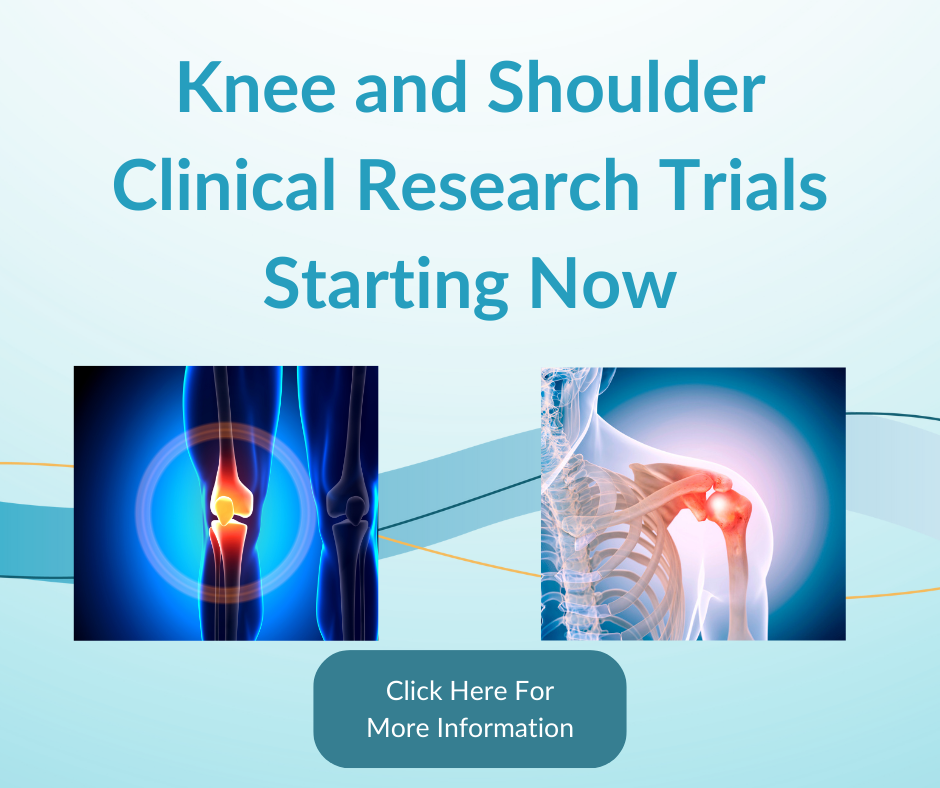Roller Coasters and your spine: Sit back and enjoy the ride. No seriously, sit back.
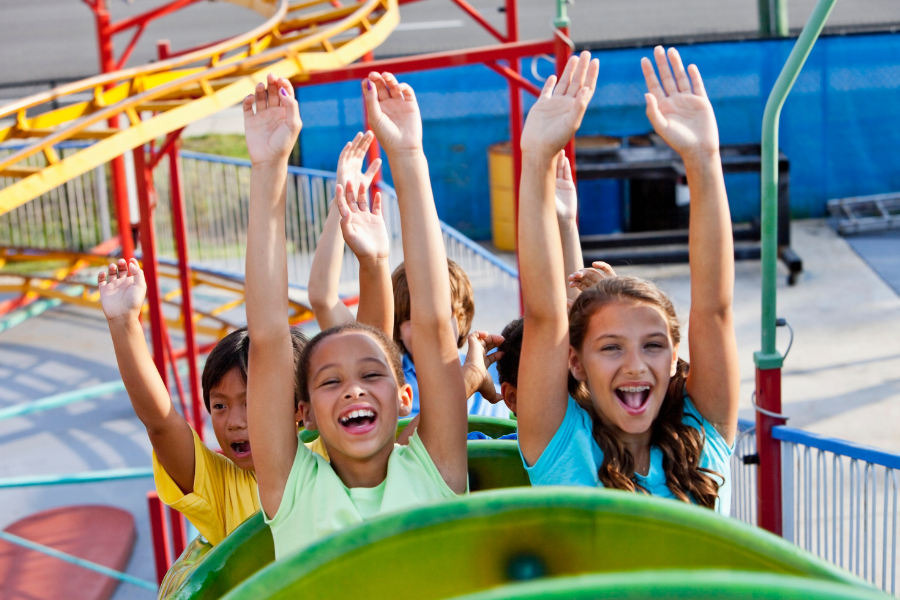 How interesting that we use the word ‘back’ in that sentence. It’s become an expression, but there is significant meaning behind it.
How interesting that we use the word ‘back’ in that sentence. It’s become an expression, but there is significant meaning behind it.
The truth is that most visits to the amusement park are full of thrills, fun and are statistically quite safe. However, some amusement park rides, and especially roller coasters, are a significant cause of neck and spine injuries. While these injuries don’t make the nightly news, they can slow you down.
How do they cause injury?
Roller coaster technology has come a long way – and now come loaded with massive drops, rapid acceleration, spins, loops and other bone-tingling chills. Speaking of bones, the sudden jerks and rapid increases in speed/deceleration can be hard on the lower back and neck, causing muscle and bone trauma, as well as damaging ligaments and soft tissue. But they are fun, aren’t they?
How to avoid injury from riding roller coasters
First, remember that take-offs are optional, and landings are mandatory – so if the park suggests any conditions you have that should mean you shouldn’t ride, listen to them. Common conditions include pregnancy, heart problems, and existing back or neck problems. But if you’re clear for take-off, be sure to stretch and go through some back-strengthening exercises ahead of time. Stretching also helps loosen tight muscles and reduce the risk of muscle spasms.
- Drink plenty of fluids – getting one ride in a dehydrated state will not help your body avoid injury, yet is easily done as you walk miles on a sunny day.
- Take advantage of the seat try-out – if there’s a sample seat, make sure you try it to see how comfortable and how it fits – particularly if you’re taller or shorter than the average rider.
- Take hold – most roller coasters have bars, braces, or headrests – use them. Also follow the instructions given, including those given both verbally before the ride and any written directions on the interior of the ride.
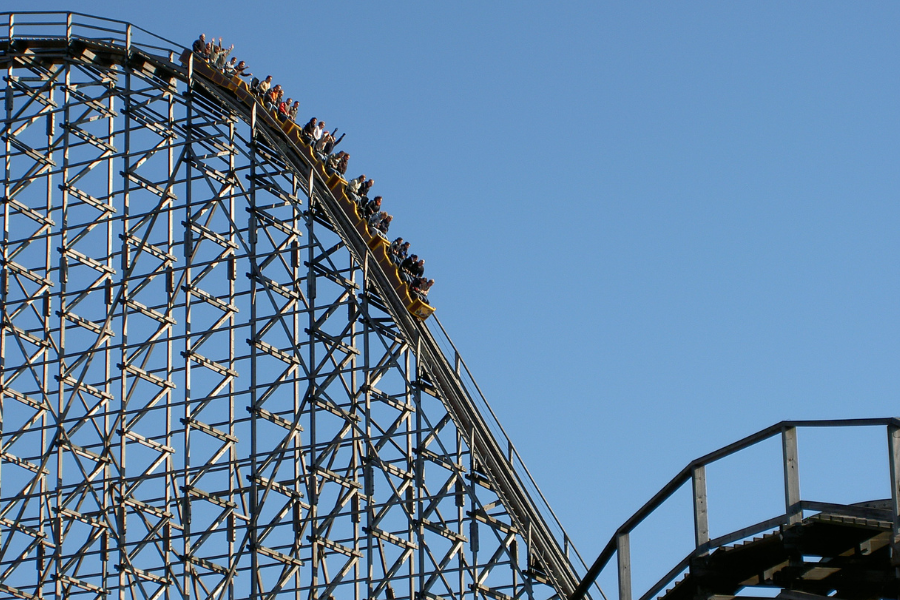 Sit back and enjoy the ride -we mean it, so we’ll repeat – sit back and enjoy the ride. Leaning forward means that when you go through the twists and rotations of the ride, you’re putting additional pressure on the back side of your disc – this can lead to serious back conditions such as a herniated disc.
Sit back and enjoy the ride -we mean it, so we’ll repeat – sit back and enjoy the ride. Leaning forward means that when you go through the twists and rotations of the ride, you’re putting additional pressure on the back side of your disc – this can lead to serious back conditions such as a herniated disc.
Treatment
Over the counter, anti-inflammatory medicine or cold packs (remember, never put ice directly on the skin) can often help provide relief for pain and swelling in the short-term. However, should you feel your neck or back continuing to ache, you may need to get professional advice.
All of us at Coastal Orthopedics want everyone to have a fun, safe, and thrilling day when you and your family head out to an amusement park. Taking some simple precautions, drinking plenty of fluids, and following the directions at the park is a wonderful way to stay safe and have fun!

